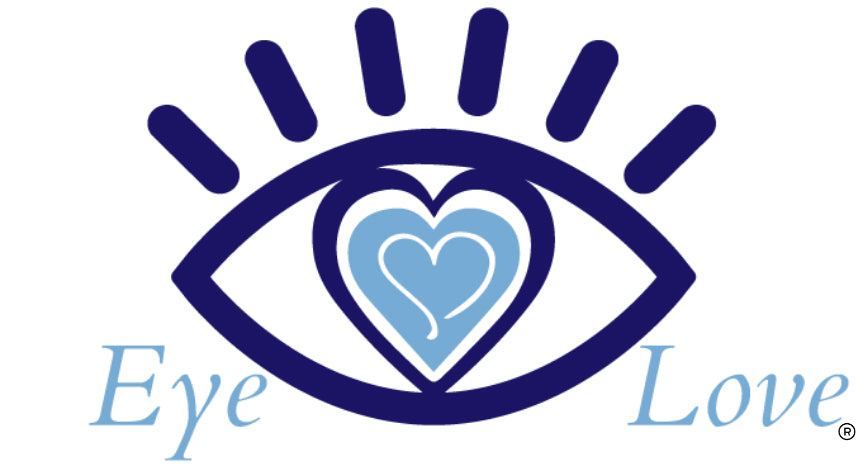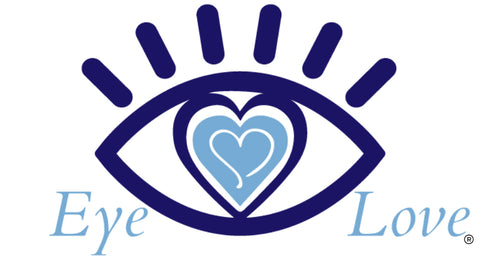Is There a Natural Support for Irritated or Inflamed Eyelids? Does It Ever Go Away?
Inflammation of the eyelids often leads to red and swollen eyelids that can be quite uncomfortable. This is a very common condition which can occur at any age, however it is more prevalent in elderly individuals. The vast majority encounter flare-ups in symptoms followed by episodes without any side effects. It is not a contagious condition, although bacteria can be spread from person to person. When this bacteria spreads, it has the potential to cause everything from clogged meibomian glands to dry, irritated eyes.
Symptoms You May Notice
The symptoms of this condition can include: soreness or stinging in the eyes, red eyes and eyelids, dry eyelashes filled with crustiness, sensitivity to light, and irritated eyes and eyelids. It can also contribute to other conditions such as dryness and eyelid bumps. The exact cause of eyelid inflammation is tough to pinpoint, but there are a few different things that may contribute to the condition:
- Staph bacteria, which naturally lives on the skin of humans, is the most common cause when it becomes overpopulated on the skin of the eyelids.
- Seborrhoeic conditions, which can cause an irritated rash on the scalp and skin (also known as dandruff). Seborrhoeic conditions cause an overabundance of oil production on the skin, and this can contribute to inflamed eyelids as well.
- Facial inflammation, which makes the face red, leathery, and uncomfortable, can also lead to issues with the eyes and eyelids.
- Demodex eyelash mites, that naturally live in our hair follicles and sebaceous glands, can reproduce quickly and become an issue, causing inflammation and overall irritated eyes.
Is There a Natural Support for Irritated Eyelids?
Remove your Makeup with a Tea Tree Oil Makeup Remover
It’s amazing that so many people either forget to, or completely ignore that they need to, remove their makeup at night before they go to bed. Makeup is a breeding ground for bacteria, and when it’s left on your eyelids all night you’re just asking for eye and eyelid issues. Removing your makeup with an oil-based cleanser means that you’re going to get all of the makeup off (even the waterproof kind!) We recommend using an oil-based remover that contains tea tree essential oil. Simply place 3-5 drops of the remover onto a cotton ball or round and swipe it across your eyelids and lashes, concentrating at the base of the eyelashes until all of the eye makeup is removed.
Wash your Face with Tea Tree Oil Soap
Tea tree essential oil is fantastic for your skin. We recommend using a tea tree oil soap in the shower, all over your hair, face, and body. You can also leave a bar at the sink. To use, simply lather the bar soap between wet hands for a few seconds and then work it into your skin in circular motions. Keep your eyelids closed tightly! Take care to avoid getting the soap directly into the eyes, as this will burn. Rinse well after you’re finished.
Use a Warm Compress Eye Mask
The next step is to use a warm compress eye mask. This will help loosen any crusts on your lashes and help support your meibomian glands. The glands in your eyelids can sometimes become blocked with stagnant oil, and adding heat is a great way to release these oils onto your eyelids (think turning hardened butter into olive oil). To use a warm compress eye mask, simply heat it in the microwave on high for 20 seconds and then test the temperature on the inside of your wrist to ensure it’s not too hot. Place the mask over your closed eyelids for 10 minutes, and enjoy the relaxation!
Cleanse your Eyelids with a Hypochlorous Acid Cleanser
Arguably the most important step in this entire process is cleansing your eyelids with hypochlorous acid. We recommend you use this twice per day as maintenance and up to four times per day when dealing with a flare-up. To use, simply spray the solution onto a cotton ball or round for application. There’s no need to rinse afterward.
Use NuLids or BlephEx
When bacteria begin to overpopulate, they form biofilm. Biofilm is a substance that is not easily penetrated, and it protects the bacteria (giving off toxins in the process). To reduce biofilm formation, it must be mechanically removed. NuLids is a great at-home device that takes just 60 seconds per day and helps decrease biofilm to get your eyes feeling better quickly. If this doesn't sound like something you'd want to do, we recommend speaking with your eye care specialist about BlephEx. This is a similar procedure done in your doctor's office.
Eyelid Cleansing Wipes
If all of the above treatments didn't work for you, or if you just want a little extra friction with your eyelid cleansing, consider using an eyelid wipe. There are a few great ones out there and they work great for really decreasing the crustiness on your lashes and supporting the health of your eyelids. Simply remove the pre-moistened pad from the package, close your eyes, and wipe the pad over your closed eyelids (concentrating on the lash margin). Most formulas do not require rinsing.
Anti-inflammatory Diet and Omega-3 Fatty Acids
Because we're talking about inflammation, a great way to combat inflammation is with an anti-inflammatory, alkaline, plant-based diet. We talk about this all the time and you can read more about the foods you should and should not be eating here. There are a few handy food charts in that blog as well, and filling your diet with these foods is key. Adding in green leafy vegetables, colored fruits and vegetables, and healthy fats means that your body can run properly. Your body can barely live on processed junk food, yet that’s what the majority of Americans are feeding themselves and their families. If you’re having a tough time eating well, at least replace your breakfast with a green smoothie and add omega-3 supplementation into your routine. Omega-3s have been shown to support the body in many ways.
AMAZON AFFILIATE INFORMATION
We, Eye Love, LLC, are a participant in the Amazon Services LLC Associates Program, an affiliate advertising program designed to provide a means for us to earn fees by linking to Amazon.com and affiliated sites. MediViz and Heyedrate branded products are made by our company, Eye Love, but we truly believe that our products are the best on the market! It is important to know that our products are not intended to diagnose, treat, cure, or prevent any disease.




